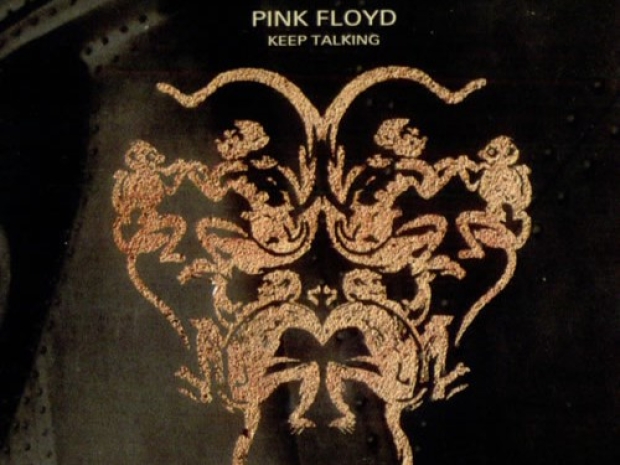For the first time, ChatGPT can also respond to images. People can, for example, upload a photo of the inside of their refrigerator, and the chatbot can give them a list of dishes they could cook with the ingredients they have.
OpenAI's vice president of consumer and enterprise product Peter Deng said his outfit was trying to make ChatGPT easier to use -- and more helpful.
ChatGPT attracted hundreds of millions of users after it was introduced in November, and several other companies soon released similar services. However, with its new version of the bot, OpenAI is pushing beyond rival chatbots like Google Bard, while also competing with older technologies like Alexa and Siri.
OpenAI has essentially combined the two communication methods. The company sees talking as a more natural way of interacting with its chatbot. It argues that ChatGPT's synthetic voices -- people can choose from five different options, including male and females voices -- are more convincing than others used with popular digital assistants.
Over the next two weeks, the company said, the new version of the chatbot would start rolling out to everyone who subscribes to ChatGPT Plus, a service that costs $20 a month. But the bot can respond with voice only on mobile devices.
Apparently the bot's synthetic voices are more natural than many others on the market, though they still can sound like Stephen Hawking if you adjust the settings.

